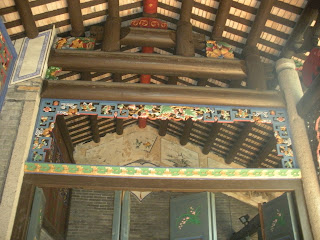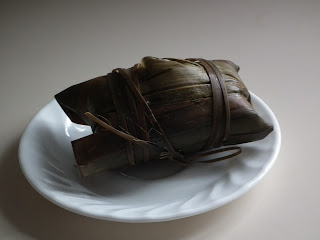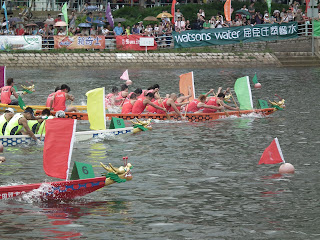My thoughts throughout my six months in Hong Kong have been shaped by a phrase that I heard in a sermon when I first arrived. It drew on the words of the Christian writer Eugene Peterson, who differentiates tourists from pilgrims, describing the life of a pilgrim as one of long obedience in the same direction.
What does this have to do with my time in Hong Kong? This phrase--a life of long obedience in the same direction--has become a prism through which I have analyzed my experience here.
Certainly, I have tried my best to be a pilgrim rather than a tourist, joining others here in their attempt to recreate the higher education system, in hopes of building a strong civil society and place of innovation, with the full integration with China looming in 2047. On a personal level, I have formed strong friendships and walked with others facing difficult issues as they have done the same with me.
But I'm now going home--I am merely a pilgrim, which means I am not permanently grounded in Hong Kong. I've only walked with them for awhile. And here is the question I contemplate: Who IS rooting themselves in Hong Kong, building for the changes that are in process?
Hong Kong is a place where people have their feet in multiple places, always hedging their bets. If you can, you have two passports or more--Canada and Hong Kong, United States and Hong Kong, UK and Hong Kong, Australia and Hong Kong. If you can afford it, you send your children abroad to school, making sure that their options remain open. You own homes in two countries or more and bank accounts in several.
I've been asking people how they feel about the future of Hong Kong. I usually put this question in the context of a fellow graduate student I knew in the 1980s. He and his wife were from Hong Kong and as they neared the finishing of their graduate degrees, I would ask--are you going back to Hong Kong or are you afraid of the return of Hong Kong to China? He was quite firm that they were going back to Hong Kong. But by 1995 I was visiting them in Toronto where they had immigrated with their two sons. He had begun to feel the pressure of political conformity, they were Christians, and they were concerned about their sons. So I've asked people--did my friend make the right choice?
I have gotten a range of responses and most are quite sobering. The election of the Chief Executive while I was here created another round of fear of the demise of rule of law. So keep your feet in two places to hedge your bets. The most heartfelt response I have gotten was from one older man who said he had a love/hate relationship with his Chinese heritage and China in general, but that he had hope in God performing a miracle.
It is all so complicated. Even top university administrators are from elsewhere and will go back to yet someplace else--Taiwan, Canada, United States, German, or some other piece of the world.. They are not rooted in Hong Kong for the long run, yet they are asked to care about its young people, the majority of which do not have the resources to plant their feet in two places to hedge their bets. On my cynical days I am quite certain that these administrators only care about setting themselves up for their next career move. But are they any different than me? When I return home I am moving to a new state and new job, pulling up my roots and leaving my daughters and my mother behind. Have I used this pilgrimage to merely set myself up for my next career move, or is it part of a larger journey of obedience in the same direction with those I have come to love in this place?





























































